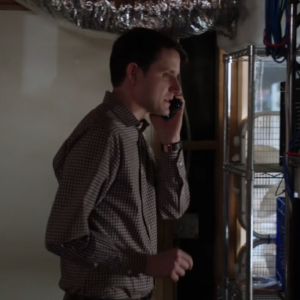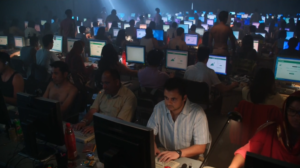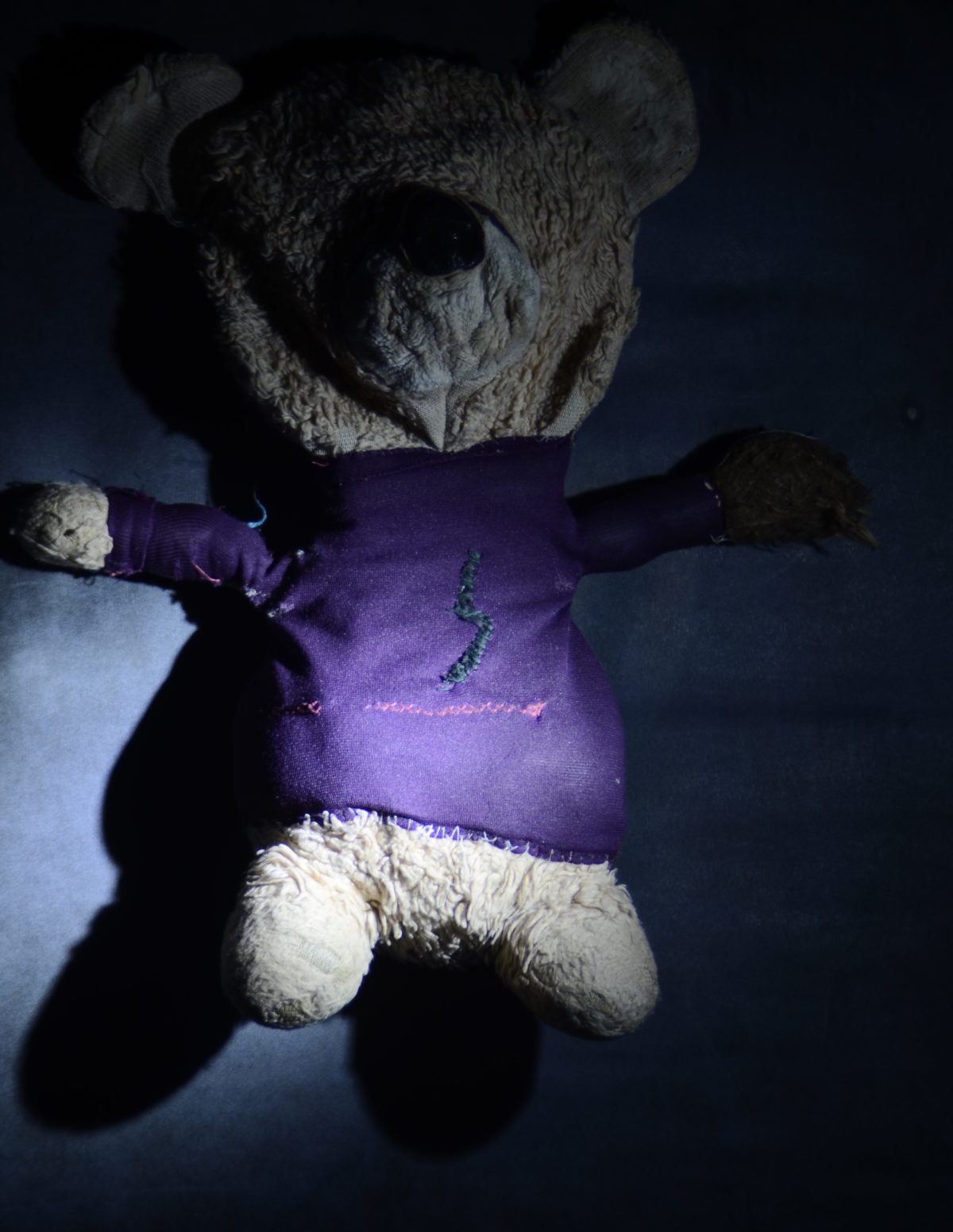We forgot to pass this one along. Enjoy!
Category: Series
Altered Carbon
After enjoying the first seven episodes of Happy!, which is impossibly good, we were elated to see that Netflix is releasing a series based on Richard K. Morgan’s 2002 novel, Altered Carbon.
The trailer looks as slick as a fresh sleeve. Our cup runneth over.
Saffron Van Bean at it Again
Stranger Things
While there must be close to 1,000 micrograms of nostalgia in each episode of Stranger Things, do not watch it because it triggers all those fuzzies from your childhood. Watch it because it is a fantastic show that ups the bar for content in a world where Two and a Half Men was consistently one of the most watched shows in the United States for more than a decade. Watch it because, much like Olympic Games, it plants ideas. Stranger Things happens to plant positive ideas about gender identity, people with different colored skin, and generally how humans should treat other humans. Unlike Olympic Games, Stranger Things mostly delivers its payload without detection.
With that disclaimer, we will indulge in a bit of nostalgia. If the only thing we know about something is that it is a bit twisted, we sometimes like to consume it in a non-linear fashion. The first episode we watched was the fifth, which we were told was the penultimate episode. Still thinking we had watched the second to last hour, we watched the first episode before watching the surprisingly long (to us) conclusion. Then we went back to the beginning and watched the initial installments sequentially. Consuming media is not something we do for fun, we do it to probe our physical, emotional, and intellectual limitations. In this case, it was like eating dessert first when your parents were not paying attention.
Set in 1983, the real evil confronted in the series is a human with an all-too-real backstory. The period-correct brands and references up the score on the realness scale even as Akira-level madness starts to mix with a narrative that will remind you of Flight of the Navigator, ET, The Dark Crystal, and several other experiences from your childhood. Our non-linear viewing method led us to believe the narrative would end up in an extremely dark place. The parallels with Grant Morrison’s recent 6-issue comic book series, Nameless, and the story scattered across Reddit one chapter at a time by a user named 9MOTHER9HORSES9EYES9 are a bit on the nose. It does not get that dark.
The end, in fact, is in many ways extremely uplifting. One of us found ourselves sobbing because of one character’s flashbacks and his own memories of a younger sibling who was not expected to live. There are a lot of positive messages packed into this narrative. One of the reasons we focus on dystopian films is that by learning more about the way our world works, we hope to avoid the versions of the future (or past) that we see reflected in such films. Is it naive to think that the more we learn about how terrible humans are to each other, the better the world becomes?
It’s Hard to be Good
 Jared from “Silicon Valley” is a pretty nice guy. He is the most compassionate voice on the show. Sometimes to get a laugh the show will also have him say something incredibly dark and tragic about his past. His childhood, thru several grim anecdotes, was a bleak affair referencing intense loneliness and poverty.
Jared from “Silicon Valley” is a pretty nice guy. He is the most compassionate voice on the show. Sometimes to get a laugh the show will also have him say something incredibly dark and tragic about his past. His childhood, thru several grim anecdotes, was a bleak affair referencing intense loneliness and poverty.
One example painted so dark we can only laugh follows:
Jared: I had a stuffed animal named Winnie.
Winnie: Oh, wow.
Jared: I mean, it wasn’t technically an animal, I took a Ziploc bag and I stuffed it with old newspaper and then I drew a smile on it.
Its super sad, but it also reveals how even then Jared was an eternal optimist. I have had several favorite characters on this show. The entire cast is very funny and each person is a well thought out and acted character, but Jared really won me over this season as favorite.
SPOILER AHEAD
 It was completely crushing to see Jared’s final action of the season, but it also felt so real. Jared knows poverty better than anyone else on the team and his action shows us he is willing to go further than anyone else on the team to never be poor again. For the rest of the team success is movable swimming pools and celebrity, for Jared it is finally killing the ever present specter of poverty he has known all his life.
It was completely crushing to see Jared’s final action of the season, but it also felt so real. Jared knows poverty better than anyone else on the team and his action shows us he is willing to go further than anyone else on the team to never be poor again. For the rest of the team success is movable swimming pools and celebrity, for Jared it is finally killing the ever present specter of poverty he has known all his life.
If you haven’t seen the show I’ll briefly explain. The main cast of characters in “Silicon Valley” have been trying to release what they hope will be a successful new technology and make them the next Apple, Google or Facebook. They finally launch the app and after a brief initial success the app fails to attract and grow it’s userbase. This is very bad for a want to be technology giant. Jared secretly hires an offshore clickfarm service to make it appear that the app is successful. A clickfarm is essentially an internet sweatshop where hundreds or thousands of humans sit in front of computers repeating menial tasks over and over for third world wages.
Jared knows exactly what it means when he hires this company. Poor people, even well meaning poor people, will continue to screw over poorer people as they claw their way up for the chance to be slightly less poor. And technology remains a revolutionary product for a very few already very well off westerners.
For the Literate
Margaret Atwood!
Oryx and Crake remains one of my favorite works of s.f. Artfully crafted and intricately layered, Atwood’s work rewards multiple readings. Now you have an excuse to pull it off the shelf.
NOTE TO OUR NYC MEMBERS–Brooklyn’s finest book club is discussing Oryx and Crake on May 7, 2016. PM me for details (if that’s not possible the way the site is setup right now, please let me know in the comments). See past Book Clubb events here: http://eattoread.tumblr.com/
The Expanse
The production quality of some scenes was two steps above the BBC’s Narnia serial (remember when things took a nosedive in the Voyage of the Dawn Treader?), but it never took me out of the narrative. The only thing that almost did was homeboy’s hat. SPOILER: He loses it toward the end. I think this and Outer Space on Yahoo! were two of my favorite surprises from 2015. Watch the first season here.
Haphead
Sadly un-watchable.
The Man in the High Castle
Black Mirror
Must see.
